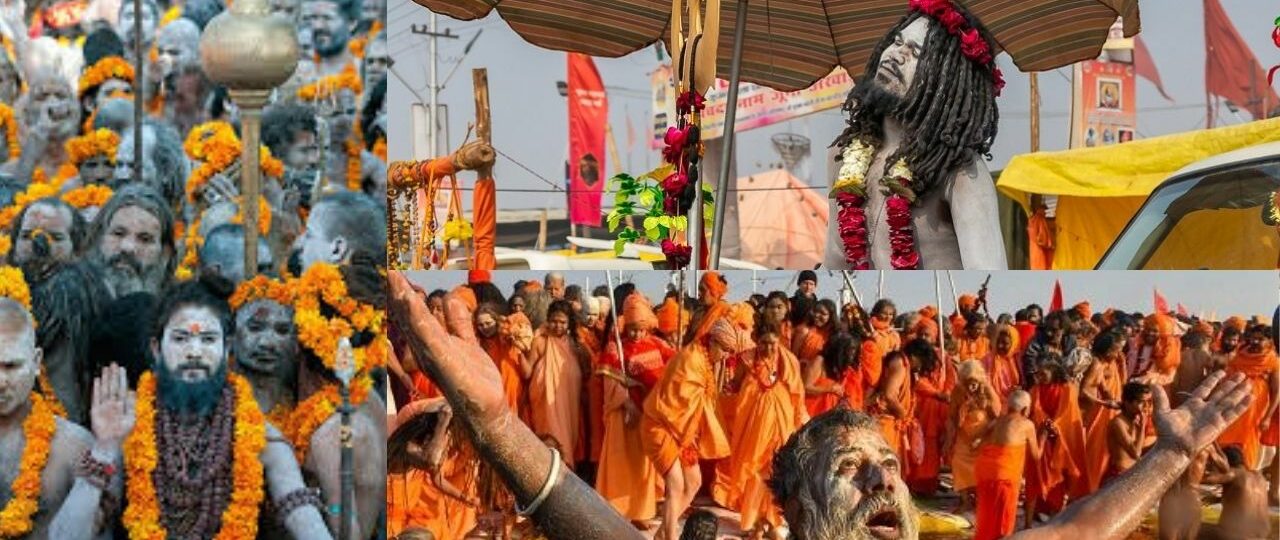Allahabad Prayagraj Kumbh

The name Allahabad is derived from the one given to the city by the Mughal Emperor Akbar in 1583. The name in Indian languages generally is Ilāhābād; ilah being Arabic for “Lord” or “God”, and “-ābād” is Persian for “to construct or to create”, http://localhost:80/kumbh/legend-of-kumbh/ which explains the meaning of the name Illahabad as “God’s creation” or “City of God.”
History prayagraj ka kumbh mela

Allahabad or Prayag is also called the “Tirth Raj”, allahabad prayagraj kumbh the king of all pilgrimage centers. There are many references to Prayag or Allahabad in Indian epics, Vedas and Puranas. Allahabad stands at the confluence of the Ganga and Yamuna (two of India’s holiest rivers) and Saraswati River (a mythical river which is not visible). The place where river Ganga and river Yamuna meet is known as Sangam (union). Sangam is the venue of many sacred fairs and rituals, and attracts thousands of pilgrims throughout the year. The most important event at Prayag is the Kumbha Mela. Millions of people from all over India and the world gather at Prayag to take a holy dip at Sangam.
Places to visit in Prayagraj (allahabad)
Sangam

Sangam is the place where River Ganga and Yamuna merge with the mythological river, Saraswati. Sangam is around 7 km from the heart of Allahabad. The eastern ramparts of the Allahabad fort overlook Sangam. The holy Sangam is the site for Annual Magha Mela/Ardh Kumbh/Kumbh Mela. It is during the Kumbh/Ardh Kumbh that the Sangam truly comes alive, attracting millions of devotees from all over the country.
PRAYAGRAJ KUMBH MELA

According to legends, Lord Vishnu was carrying a Kumbh (pot) of amrita (nectar), when a scuffle broke out between the Gods and demons, four drops spilled on Earth. The nectar drops fell at Prayag, Haridwar, Nasik and Ujjain (venues of Kumbha Mela). The event is commemorated every three years by the Kumbh Mela, held at each of these four places in turn; the Sangam is known as Tirtharaja, the “King of Tirthas”, and the allahabad prayagraj kumbh mela, once every twelve years, is the greatest and holiest of all.
ALLAHABAD FORT

The Mughal emperor, Akbar, built the Allahabad fort. The fort stands on the banks of the Yamuna near the confluence site. This huge, majestic fort has three magnificent galleries flanked by high towers. Presently, the army uses the Allahabad fort and only a limited area is open to visitors. The magnificent outer wall is intact and rises above the water’ edge. The main attractions at the fort are the Asoka Pillar, Patalpuri temple, Akshaya Vat, Jodhabai Palace and Saraswati Kup, a well, said to be the source of the Saraswati River.
PATALPURI TEMPLE

The Patalpuri temple is located inside the Allahabad fort. Within the Patalpuri temple lays the Akshaya Vat – or the immortal tree. It is believed that Lord Rama visited the Patalpuri temple. The famous Chinese pilgrim and traveler, Hiuen Tsang also visited the Patalpuri temple.
ASHOKA PILLAR

This pillar was originally erected in the 3rd century BC by the Mauryan emperor, Asoka. The Mughal emperor, Akbar, moved the Asoka pillar to the Allahabad Fort, in 1583. The Asoka pillar is made of polished stone and extends 10.7 m in height with an Asoka edict inscribed over it.
AKSHAYA VAT

The Akshaya Vat (literally means immortal banyan tree) is located within the Patalpuri temple, inside the Allahabad fort. It is mentioned in the description of several ancient scriptures, write


